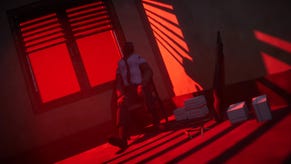Armored Core 6 feels brilliant in the hands, but also strangely undecided
Mech do and mend.
The original Armored Core was the game that taught me to fight in the air. Even as I struggle to remember what I had for breakfast this morning, I still have vivid memories of boosting around its squalid industrial plains and catacombs, dipping carefully into my AC's replenishing energy reserve, while combing the cathode-ray TV murk for the hiss and flash of incoming projectiles. I loved jetpack duels and accessorised my mechs to suit, favouring springy reverse-jointed legs, compact laser pistols and featherweight torso components with just the faintest dusting of armour.
26 years later, Armored Core 6: Fires of Rubicon sends me hurtling out of a cargo catapult and skipping over the surface of a desolate, mountainous planet, its sky filled with vast, suspended mining facilities, its valleys with trashed cities and pleasantly brittle forests. I never could have imagined this kind of spectacle, playing the PS1 game, but the game beneath is broadly the same balance of intricate customisation and hectic robo combat. It's shaping up to be a stonking heavy metal escapade, though I do have reservations about a few of the components.
In Fires of Rubicon you play an amnesiac pilot with the codename 621, who works for a mysterious, gravel-voiced man named Walter. Your stated story objective is to rediscover your past and rebuild your reputation, but what you're really here to do, natch, is bolt together the fanciest, deadliest and/or silliest battlebot you can muster, picking from a gorgeous selection of legs, torsos, arms, heads, weapons and internal systems that dramatically affect how your AC performs.
Play is broken into missions in separately loading levels, which range from putting a single rival AC through its paces to battling around and up the inside of an enormous artificial wall, protected by gatling turrets and countless smaller mechs. Missions earn you cash while gradually adding parts to the store on your garage screen, and after two or three hours, there's a tasty range of build possibilities on offer, many with their own tutorial missions. You might rock up to one mission as an overdressed howitzer on caterpillar treads, then switch to a balletic grasshopper with a sword and shield. The key limitations are the carrying capacity of your legs and your generator, which supplies energy for weapon usage and jet-boosting.
Movement and combat in the starting, bipedal mech is a joy. Aside from taking off, which drains your batteries in seconds even if you're carrying minimal weight, you can rocket-skate for a much smaller energy cost, and this quickly becomes the only way to travel. The visual execution is wonderful: smaller manoeuvring jets spurt in all directions as your mech's body and limbs angle believably against surfaces. And what surfaces they are: dockfronts layered with overlapping roads, frozen lakes and tunnels packed with shipping crates that burst underfoot like piles of leaves.
Armored Core 6 puts more emphasis on this rapid horizontal movement than any previous AC I've played, partly because it takes inspiration from FromSoftware's later, better-known Souls series - during a presentation before our hands-on, publisher Bandai Namco made specific reference to the fluid handling of Dark Souls 3. You can dash through projectile attacks, parry hits with a shield to reduce their impact, and there's an all-or-nothing forward boost for closing the distance. I found this last feat annoyingly easy to trigger by accident using the default L3 keybinding, but it's useful indeed when you've staggered a tough enemy and need to land a few swings before they recover.
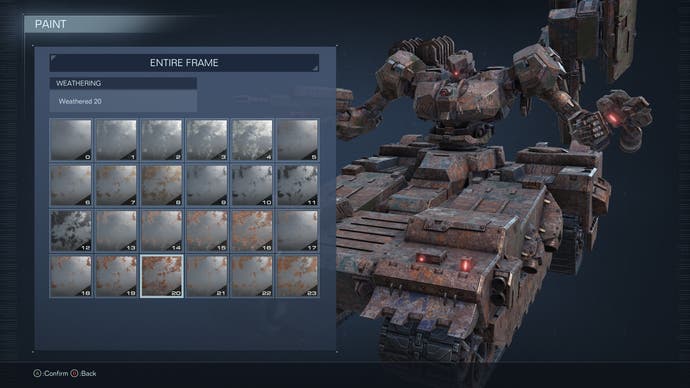
FromSoftware and Bandai Namco have come and gone in the press over the links between Armored Core 6 and From's fantasy action games, alternately courting and frowning on comparisons with last year's chart-topper Elden Ring. I can understand the creators' reluctance to portray Armored Core as taking cues from gosh, what's the appropriate portmanteau these days - Sekiroulsbourring? Eldekiroulsbourne? After all, Armored Core was out there plundering fallen worlds when the original Demon's Souls was just a glint in Hidetaki Miyazaki's eye. But there's clear inspiration here and it's intriguing and at times, disconcerting, to explore how From has spliced those different design traditions together.
It comes across initially in the hellish and melancholy aspect of Rubicon itself, with its mournful sunsets and decrepit megastructures that swarm with factions of mech pilots, all basically out to pick the carcass clean. The planet is a hotbed of mercenary activity because it's home to a ruinous energy resource, coral, which is redolent of the various world-saving/ending cosmic substances in From's fantasy games. You may not be Tarnished or Undead, but you are very much an anti-hero: the opening skirmishes consist of putting down some local folk who are trying to stop people extracting coral.
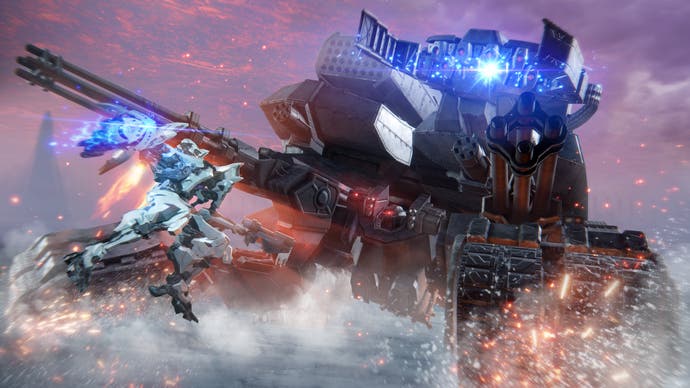
The views are astounding, and the game's multi-level architecture is a pleasure to glide and crash through, but the impression of an Elden Ring-style continuous landscape does make the mission-based campaign feel bitty. Many of the sorties last minutes - mop up some grunts, squash a critical building, then off you go back to the garage to fiddle with a phat decal or similar. This was true of the original game, and is consistent with the Armored Core narrative of dour bounty hunters grinding through commissions, but given the newfound splendour of the setting, it seems a touch miserly. Levels are generously sized, but there are holographic no-exit borders that spoil the atmosphere. It's a terrible burden to wish on any development team, but I do feel this might have worked better as an open worlder.
Armored Core 6 also puts a very Soulsy emphasis on bosses, which are as variable of form and fighting style as the mechs you pitch against them, not always for the best. During my hands-on, I crossed swords with an aerial gunship, a couple of rival ACs, a map-sized walking fortress with a cannon parked at one end, and a charging "Juggernaut" tank with nigh-impenetrable frontal armour.
The rival AC battles were enjoyable for the pseudo-PvP intimacy of fighting a comparably equipped opponent, analysing their build choices on the fly (the full game will support 1v1 and 3v3 online multiplayer, though we didn't get to try this out at the event - From is keen that this be perceived as a singleplayer-driven Armored Core). But a few of the other bosses feel stuck between genres - not quite pattern-based affairs with conspicuous weakpoints, not quite open-ended, sim-style opponents that reward experimentation in the garage.

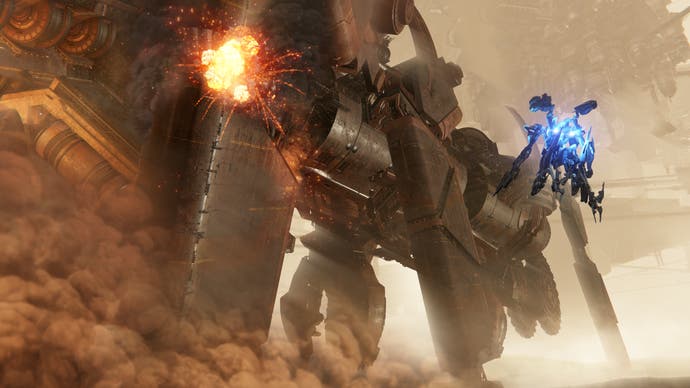
Take the Juggernaut. On some level, it's a classic get-behind-the-boss bossfight, overcome largely by being patient enough to dodge repeatedly and wait for the attacks that leave its hindquarters exposed. Lighter mechs may have an easier ride, as will those equipped with vertically arching missiles so as to chip away boss health while evading, but any build will do, once you've identified the strategy. The design of the Juggernaut battle also casts the game's melee combat in a slightly unflattering light. Boosting up close for a sword combo certainly gets the job done, but it feels janky, the models bumping against each other in a heftless, kid-playing-action-figures fashion.
The walking fortress fight is even simpler of structure, for all its grandeur, to the point of being gimmicky. Having clambered up the hull and dispensed with a few turrets, I essentially found a point where the vehicle's massive laser turret couldn't hit me - somehow, it never managed to shoot itself to death - and hopped up and down taking popshots. Fall off the enormous machine and you'll be respawned on safe ground with some lost health - a Zelda-style jimmying of the workings that, again, spoils the impression of a continuous world, though I can see how this mission would be irritating to play without that shortcut.
I wouldn't call any of these misgivings catastrophic, not least because so much of the entertainment value rests on how exactly you trick your ride. After beating the Juggernaut I unlocked some quadrupedal legs, which come with a recoil-absorbing hover function, and transformed my mech into a very satisfying aerial artillery platform (which had the added benefit of doing away with the wonky melee combat). Armored Core 6 looks a treat and is largely a blast to play, with a DIY underbelly that will surely hold your attention for many hours. But it occasionally seems unsure of itself, caught between approaches in ways I wasn't expecting from a game that otherwise feels like a thunderous reinvention of one of the great joys of my childhood.
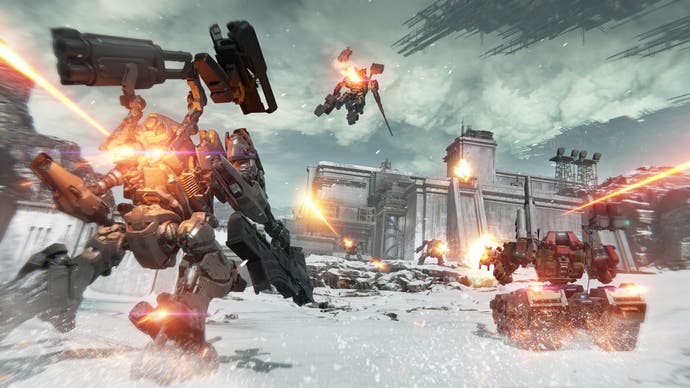


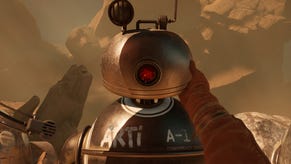

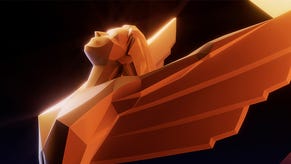
.jpg?width=291&height=164&fit=crop&quality=80&format=jpg&auto=webp)


.jpg?width=291&height=164&fit=crop&quality=80&format=jpg&auto=webp)
